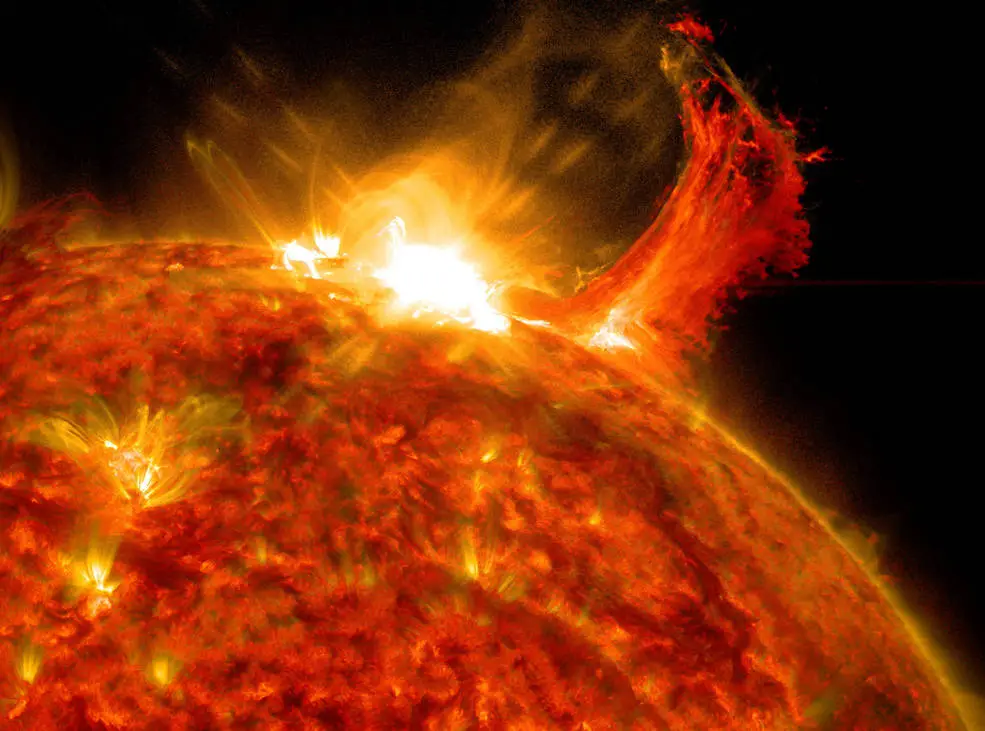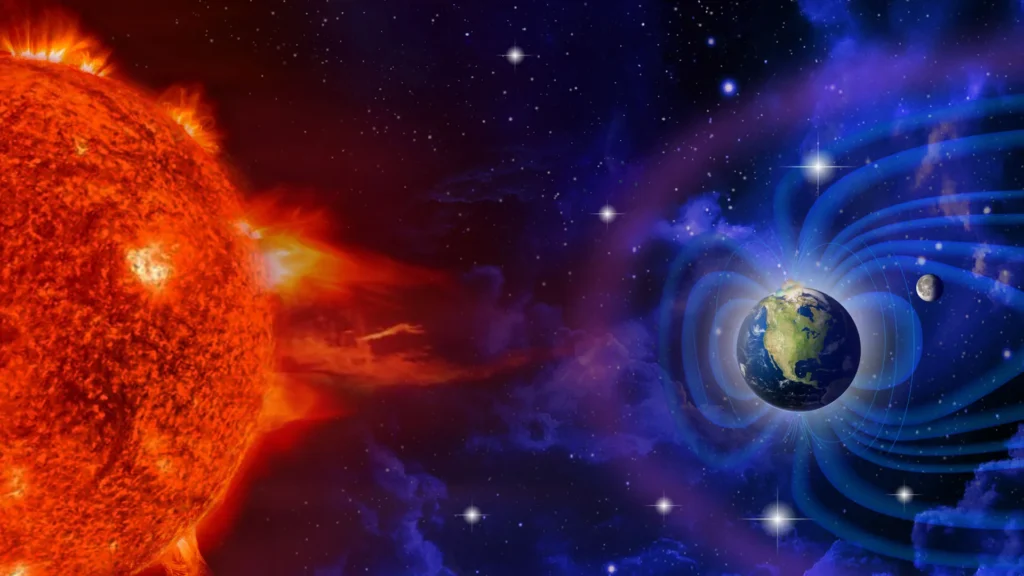For years, solar physicists braced for a low-activity period in our Sun—a prolonged calm that many thought reflected an upcoming grand solar minimum. But new findings are challenging those expectations. Data show the Sun has been steadily growing more active since about 2008, reversing what had been a multidecade decline in sunspots, solar wind, and magnetic disturbances. NASA scientists describe this trend as surprising. The star that powers life on Earth seems to be “waking up.”
Solar Cycle 25 and What We’re Observing

We are currently in Solar Cycle 25, which officially began in December 2019. Early predictions expected this cycle to be relatively modest—but observations tell a different story. Sunspot numbers, solar flares, and overall solar magnetic activity have been higher and more volatile than many models forecast. Activity is already at or past the expected peak (“solar maximum”) in some metrics, but scientists caution that defining a true peak takes time and consistent measurement.
What’s Driving the Spike—and Why It’s Puzzling
While the Sun’s 11-year cycle (and the related 22-year magnetic polarity cycle) has been well studied, it does not fully account for the pattern seen since 2008. Longer-term fluctuations seem to be in play. Researchers don’t yet know what is nudging solar activity upward—whether it’s internal magnetic field dynamics deep inside the Sun, interactions in the solar interior, or something external. As Jamie Jasinski of NASA’s Jet Propulsion Laboratory put it, “All signs were pointing to the Sun going into a prolonged phase of low activity… So it was a surprise to see that trend reversed.”
Potential Impacts: More Than Just a Light Show
Rising solar activity is not merely an academic interest—it has real, sometimes costly consequences. With more sunspots, flares, and coronal mass ejections (CMEs), there is increased risk to satellites (communication, GPS), potential for radio blackouts, damage to power grids, and navigation errors. Solar storms can induce currents in long conductors (e.g. pipelines, power lines) and disrupt spacecraft or astronaut safety. Additionally, stronger solar activity tends to enhance visible auroras even at lower latitudes.
Polar Views: Seeing the Sun in a New Light
Adding to the understanding of this solar uptick is the recent success of missions like the Solar Orbiter. For the first time in human history, scientists have gotten clear images of the Sun’s poles. These polar regions are crucial because they are intimately involved in the Sun’s magnetic field dynamics and its cyclic behavior. Observations are already revealing complex, mixed polarity magnetic patterns near the poles, which could help explain how solar magnetic fields reverse and how cycles intensify.
Uncertainty Ahead: Forecasts and Unknowns
While the trend toward increased activity is clear, many questions remain. Key unknowns include: How high will activity go? How long will this active phase last? Will we see more frequent extreme events like X-class flares or strong CMEs? Solar scientists say the Sun may be entering an era where high solar activity is more consistent rather than occasional peaks. But models are not yet refined enough to predict the amplitude and frequency of future storms with confidence.
Conclusion: A New Solar Chapter

What’s emerging is a story of the Sun regaining strength after expectations of dormancy. For solar scientists, engineers, and many on Earth relying on space-based systems, this revival calls for renewed vigilance. The current spate of activity under Solar Cycle 25, combined with polar magnetic field measurements and threat assessments, suggests that the upcoming years could test our technological resilience. Whether this is simply a strong cycle or the beginning of a longer period of heightened solar behavior remains to be seen—but one thing is certain: our Sun is reminding us of its power, and that we still have much to learn.

Hi, I’m Andrew, and I come from India. Experienced content specialist with a passion for writing. My forte includes health and wellness, Travel, Animals, and Nature. A nature nomad, I am obsessed with mountains and love high-altitude trekking. I have been on several Himalayan treks in India including the Everest Base Camp in Nepal, a profound experience.



